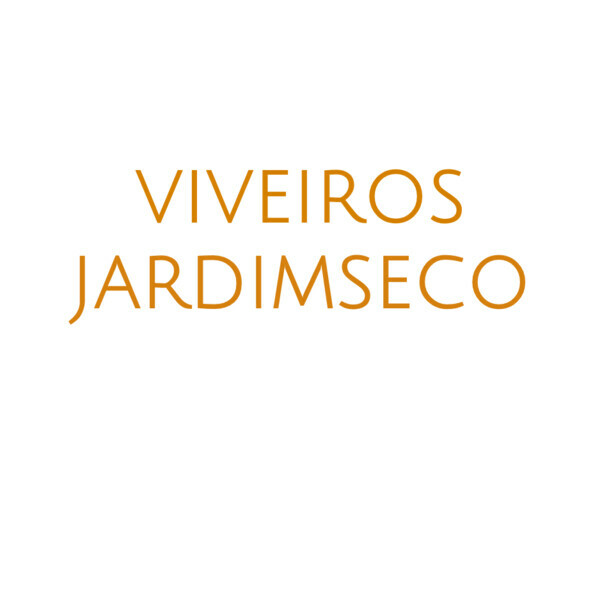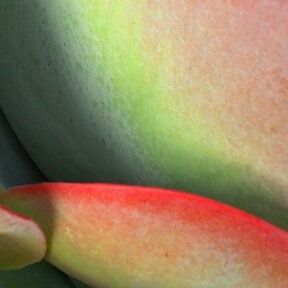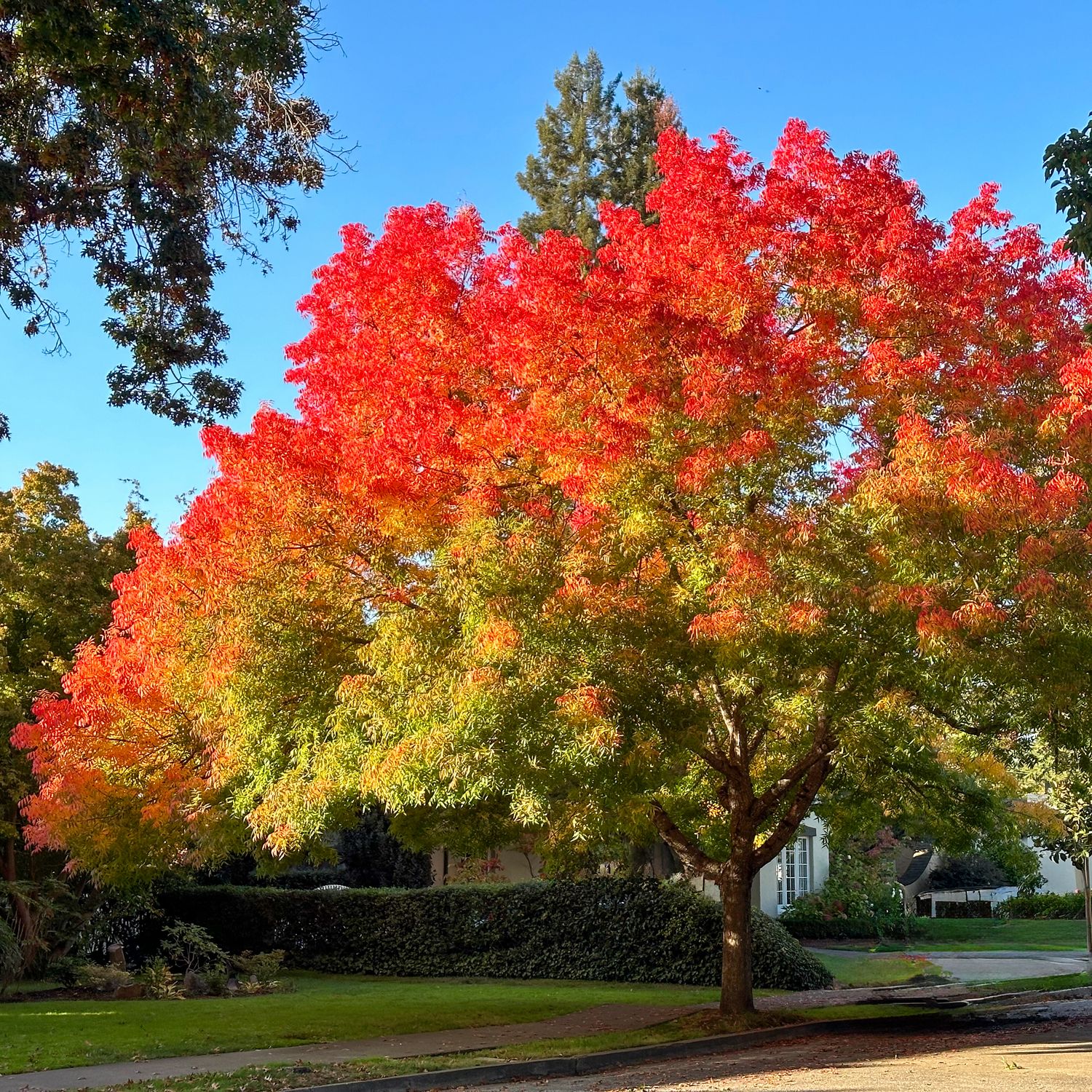
Pistacia atlantica x integerrima
This colourful, deciduous pistachio tree, Pistacia atlantica x integerrima, is widely used in landscaping thanks to its ornamental and functional benefits as a shade tree. It is a hybrid species resulting from a cross between Pistacia atlantica and Pistacia integerrima. It is widely recognised for its superior vigour, disease resistance and adaptability to challenging growing conditions such as pollution, compact soils and variable seasonal water conditions, as well as salinity and cold. As a drought-tolerant, low-maintenance tree, it thrives in full sun with well-drained soil, making it ideal for xeriscaping and water-wise landscaping in southern Portugal. As well as these physical strengths, Pistacia atlantica x integerrima is renowned for its vibrant foliage colours. It emerges reddish in spring, resembling Photinia, and matures to a rich, dark green in summer. In autumn, the leaves turn vibrant shades of yellow, orange and red; the exact colours depend on local temperature changes.
Upright when young, maturing into a broad, rounded, or globular canopy. Young trees may appear misshapen but develop a symmetrical form with age and proper pruning.
Note - Illustrations are of Chinese Pistache and P. atlantica, they are indicative of Pistacia atlantica x integerrima form and colour.
Where to plant and more information
Pistacia atlantica x integerrima prefers deep, well-drained soils; sandy loam is optimal. It thrives in a neutral to slightly alkaline pH range and can tolerate saline soils and drought once established. However, it does not tolerate waterlogged conditions. Algarvian clay soils, particularly those that are wet in winter, are probably not ideal; however, it lends itself well to planting on slopes and terraced land where soil is built up behind stone walls. This provides ideal conditions for the pistachio tree because the soil is deeper and less compacted, and the terrace acts as a water catchment area when it rains.
Pistacia atlantica x integerrima has a broad, dense canopy and is commonly used in arid zones of the USA as a shade tree in parks, gardens, and around homes. Once mature, its deciduous nature enables it to provide good summer shade while allowing winter sunlight through when planted on the south or west-facing sides of buildings, thereby aiding passive solar heating. The seasonal colours — red new growth in spring and red to yellow foliage in autumn — make it a popular focal point or specimen tree with garden designers. The tree is non-allergenic, produces small ornamental nuts, but does not produce edible pistachio nuts. However, some evidence suggests that caution should be exercised as the leaves may be toxic to horses.
Specialising in growing plants for dry mediterranean landscapes
We are a plant nursery in the Algarve specialising in dry mediterranean species. We propagate and grow our own stock in conditions they are likely to endure when they are planted out.
We grow plants that are adapted to the dry land conditions in Portugal and southern Spain, both mediterranean perennials and succulents.
We choose plants that require very little water and maintenance. We produce a range of dry land plants that are typical of the worlds mediterranean regions. These are available to order ready for planting in the wetter months of the year. Please order the plants you need and we’ll have them ready at the best time for planting.
To ensure your new plants adapt and establish quickly, we produce them in special anti-spiral root pruning containers and a range of fibre pots (no plastic waste) with our own tried and tested growing media.
Viveiros Jardimseco - Plantas de terra seca

Viveiros Jardimseco
Tavira, Algarve
Please note we have no retail outlet or garden centre and are not open to the public. For more information you can contact us here.
Plantas adaptadas à seca - produzimos plantas adaptadas às condições de Portugal e Sul de Espanha, tanto espécies mediterrânicas como suculentas.
Oferecemos uma gama de espécies típicas das zonas climáticas mediterrânicas em todo o mundo.
